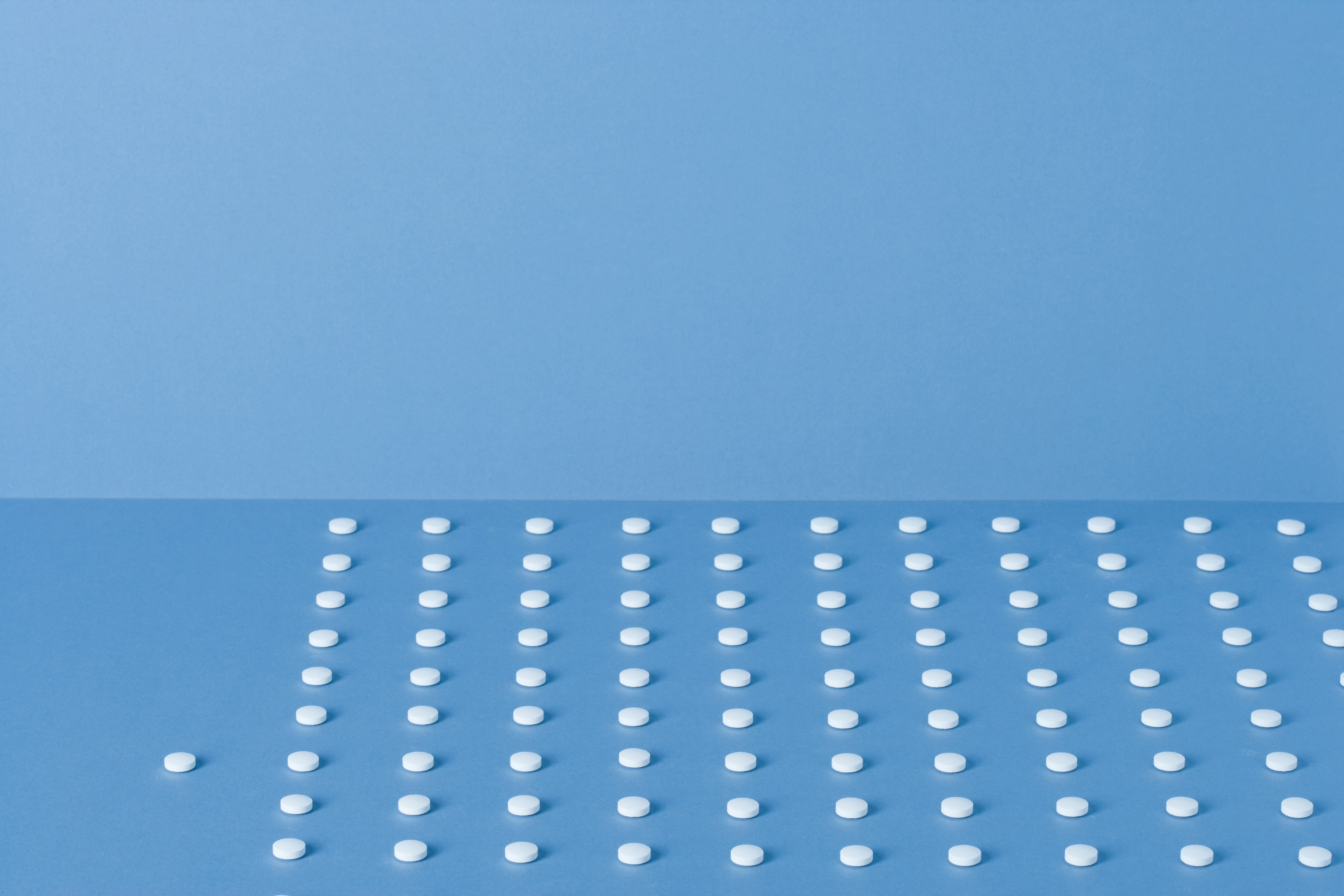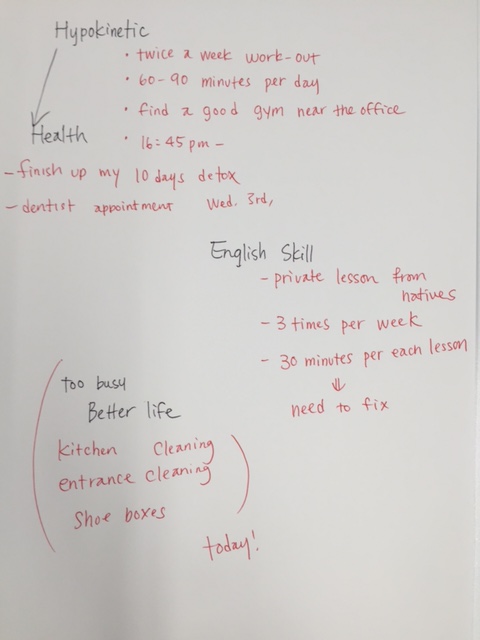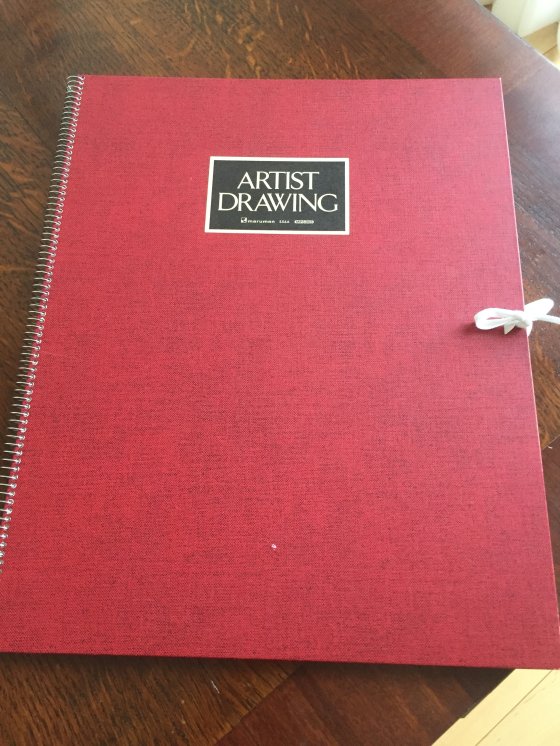<!-- wp:gutenberg-custom-blocks/featured-media {"id":4725063,"url":"https://api.time.com/wp-content/uploads/2017/04/time-health-stock-pills-one.jpg","caption":"","credit":"Getty Images"} -->

<!-- /wp:gutenberg-custom-blocks/featured-media --><!-- wp:gutenberg-custom-blocks/inline-image {"id":4179198,"url":"https://api.time.com/wp-content/uploads/2016/01/marie-kondo-konmari-method-headshot.jpg?quality=85\u0026amp;w=200","caption":"","credit":"Daniel Wikey","mediaSize":"medium","width":200,"height":300} -->

<!-- /wp:gutenberg-custom-blocks/inline-image --><!-- wp:paragraph -->
I’ve recently become a mother, which, as any other mom can tell you, has meant a dramatic lifestyle change. What hasn’t changed, though, is the fact that I’m self-employed—which means I still have plenty of work to do to keep my business moving forward.
Happiness Guide
<!-- /wp:paragraph --><!-- wp:paragraph -->
So what do I do when, at the same time—often the exact same time—my baby daughter and my work both need me? When I feel like I have too much to do and that there’s no way I can handle everything, I use a coping strategy that’s similar to my KonMari tidying method—but that’s about organizing the disordered and negative thoughts in my head, rather than my home: I collect all my feelings at once, decide upon solutions based on positive emotions and actions (those which “spark joy”) and then pick a clear time and place for completing these solutions. Here’s how that breaks down step-by-step:
<!-- /wp:paragraph --><!-- wp:paragraph -->
1. I write down every single feeling going through my mind. Usually, I don’t write down sentences, only words—maybe “skepticism,” for example.
<!-- /wp:paragraph --><!-- wp:paragraph -->
2. Then, I write down why I’m feeling that way. So in this case, I might write down “because I haven’t completed all of my writing tasks.”
<!-- /wp:paragraph --><!-- wp:gutenberg-custom-blocks/inline-image {"id":4178135,"url":"https://api.time.com/wp-content/uploads/2016/01/marie-kondo-journaling-technique.jpg?quality=85\u0026amp;w=480","caption":"","credit":"","mediaSize":"portrait_small_2x","width":480,"height":640} -->

<!-- /wp:gutenberg-custom-blocks/inline-image --><!-- wp:paragraph -->
3. Next, I decide on a positive solution I call an “action item.” For example, in this scenario, engaging in a long period of writing or getting a really good massage could both be good action items. Or if I’ve written down “mentally exhausted,” I might come up with the positive solution of “visit my favorite Shinto shrine to experience calm and to rejuvenate.”
<!-- /wp:paragraph --><!-- wp:paragraph -->
I like to use black ink for writing down my feelings and their causes and red ink for recording the solutions so I have a clear visual cue that I’m finding positive fixes to my problems. I also like to use a large notebook for this exercise, as I believe that bigger sheets of paper lead to greater and bolder action items.
<!-- /wp:paragraph --><!-- wp:gutenberg-custom-blocks/inline-image {"id":4178136,"url":"https://api.time.com/wp-content/uploads/2016/01/marie-kondo-organizing-your-brain.jpg?quality=85\u0026amp;w=480","caption":"","credit":"","mediaSize":"portrait_small_2x","width":480,"height":640} -->

<!-- /wp:gutenberg-custom-blocks/inline-image --><!-- wp:paragraph -->
4. Finally, I schedule the exact date and time I’ll accomplish in my appointment book. Going through this process helps me realize very clearly what I need to do to cope with my negative feelings. At the same time—and I believe this is equally important—I come to realize what I can forget: Negative thoughts, especially those that are related to situations or events from the past. By focusing on positive solutions, I can forget or at least minimize these pessimistic emotions.
<!-- /wp:paragraph --><!-- wp:gutenberg-custom-blocks/inline-image {"id":4178134,"url":"https://api.time.com/wp-content/uploads/2016/01/marie-kondo-journal.jpg?quality=85\u0026amp;w=560","caption":"","credit":"","mediaSize":"portrait_small_2x","width":560,"height":747} -->

<!-- /wp:gutenberg-custom-blocks/inline-image --><!-- wp:paragraph -->
<!-- /wp:paragraph --><!-- wp:paragraph -->
Sometimes, my husband and I like to do this exercise together (I use the right pages, and my husband uses the left pages). This is especially helpful when our relationship starts to feel a little stagnant. It might take a little while to get into this habit of “organizing” your brain and your thoughts, but I promise that once you do, you’ll have much more clarity and will be in a calmer place—similar to how people say they feel after they use my organizing methods on their homes.
<!-- /wp:paragraph --><!-- wp:paragraph -->
Marie Kondo is the author of The Life-Changing Magic of Tidying Up and Spark Joy and is a 2015 TIME 100 honoree. She is the founder of the KonMari Method.
<!-- /wp:paragraph -->

